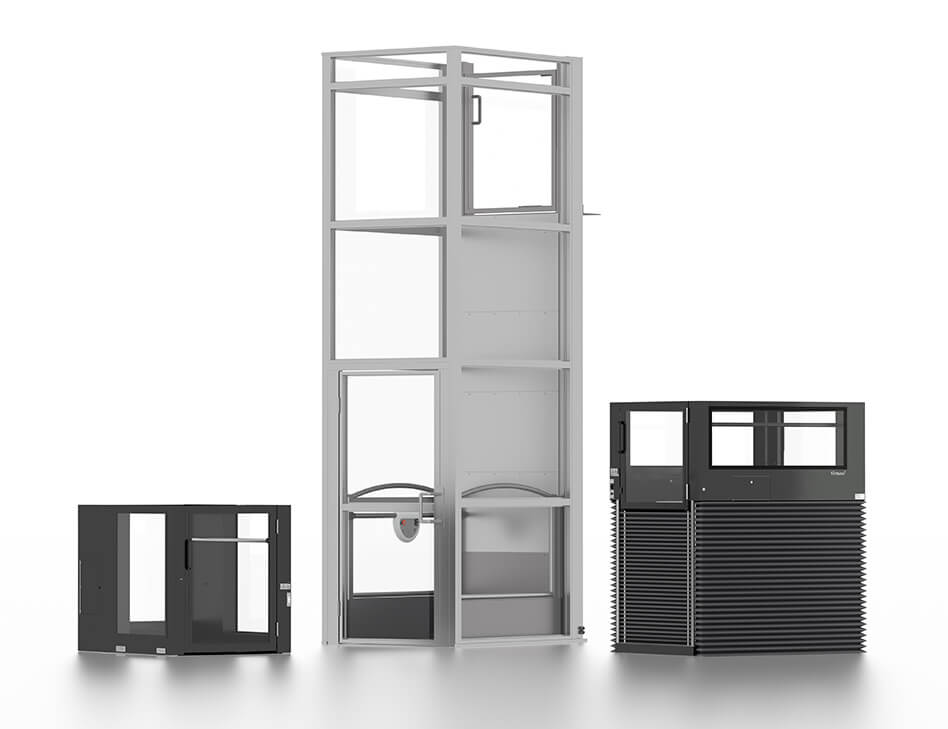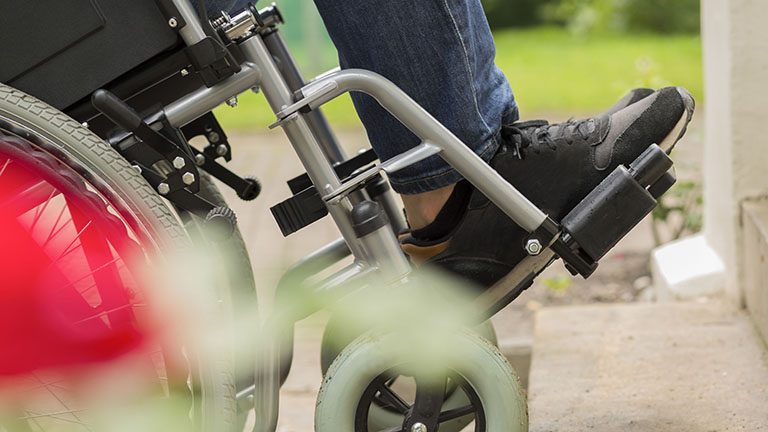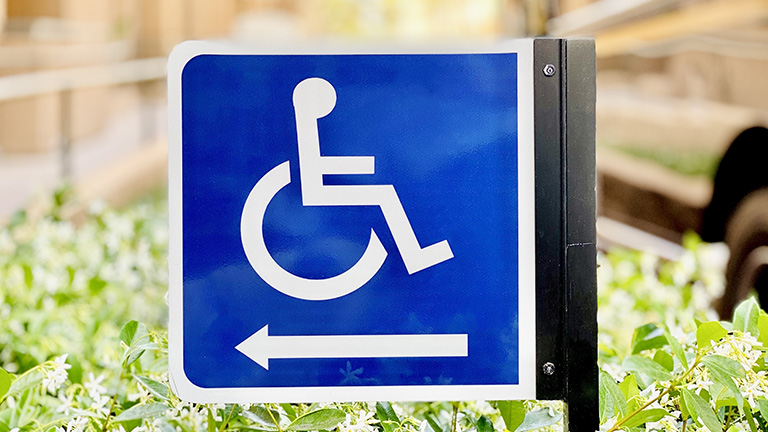As we pointed out in Part 1, all platform lifts are not created equal. While they all raise a wheelchair from Point A to Point B… that only accounts for about 10% of the facts, the ones that are easy to see. However, like an iceberg, 90% of the facts lie beneath the surface.
Now that we have looked at some of the basics of the ADA, the ADAAG, and wheelchair lifts in general, it’s time to examine how to determine which lift will be the best fit for your facility.
Part 2 – Addressing Your Venue’s “Hidden” Needs
If you have a facility that is open to the public, you almost certainly need an ADA compliant wheelchair lift. Beyond ADA compliance, your lift may also need to meet ASME A18.1 Safety Standard for Platform Lifts and Stairway Chairlifts or even ASME 17.1 Safety Code for Elevators and Escalators.
To determine what applies to you, first identify the governing authority for your state or municipality. From there, you should be able to determine to which local code lifts belong. (Based on our experience, lifts generally tend to fall under your building or elevator safety codes.)
As anybody who has gone through codes will tell you, they frequently refer to other codes, which refer to other codes, and so on. Once you start, you very rarely have an idea of how deep the “rabbit hole” will go. Don’t fret! The codes will generally point you towards one of the aforementioned elevator or wheelchair lift codes (A18.1 or A17.1), and at that point you’ll simply want to modify your search criteria to include the applicable code.
If you run into any questions along the way, don’t hesitate to give your local code official a call!
How do I find a trustworthy vertical wheelchair lift manufacturer?
As you search for a reputable ADA lift company, look first for a long list of venues like yours on their client list.
Also consider things like the company’s number of years in the business, as well as their reputation for quality and strong customer service. Do they have any testimonials from someone in a similar position in a similar venue? These are the companies who stand a good chance of manufacturing ADA compliant lifts that will be tailored well for your needs.
Armed with this information, you’ll find that you’re able to quickly knock a few lifts off your list, such as the inexpensive “one size fits all” lifts.
However, if you find that you might have to give up on a company you like, you can ask for a “3-part specification” from the wheelchair lift manufacturer, and then have your code official review it. You may find that everything is fine after all.
What’s next?
Now that you’ve identified a few ADA lifts that will meet your code requirements, it’s time to consider quality of life features that will be perfect for your (or your client’s) needs. For example, the ideal portable wheelchair lift for schools may be quite different from commercial building lifts.
As you start to frame your own unique combination of questions, remember to think beyond the obvious. For instance, do you imagine that someone pushing a baby in a stroller might use the lift? Technically they are not supposed to, but a lift could look very appealing to a mother with tired legs!
That example was only one question out of at least a dozen that you could ask yourself. What kinds of questions have other people in your position asked to help them identify their “perfect” lift? Here are a few more examples:
- In front of a stage, could we accommodate a lift with a 6-foot lift tower, or would it obstruct the view of the attendees?
- In a hospital, would we find more value in a lift that is engineered to be quiet, or in a lift whose drive system may sound like an auto body repair shop? (Similarly, will it be in a corridor, in the lecture hall, or in the parking lot..?)
- In an outdoor setting, how substantial is the lift frame construction, and how durable are the exterior finished components? (In other words, do you want a lift whose frame rusts through in a year or two?)
- In a construction project, do you need a lift that requires minimal building modification, or will you already be doing significant demolition to the structure?
- If you are getting a lift for your mobile home, do you want a $100,000 lift that is suitable for a world-class convention center? (Conversely, if you run a world-class convention center, do you want a $3,000 lift that is more suited for a mobile home?)
- If you are getting a lift that may be used only once every three years, is there any point in finding a product with a long warranty? (Think first before you answer this one, because circumstances can change!)
- And the list goes on …
With these questions as samples, you can now ask yourself how each point could make a difference to you. Keep in mind that there are other factors to consider, but an exhaustive list would be… well, exhausting!
If you come up with 3 to 5 questions of your own, you are doing great!
Now, in addition to your own questions, imagine the other stake holders. Who will this decision impact? What will be important to them? What questions might they have?
A business manager may want to know the initial cost… but the expected life span may be just as important.
A life/safety officer may want to know whether the unit meets minimum standards… but how far the unit exceeds those standards may be just as important.
An event manager may want to know how easy guests will find the lift to use… but how it looks may be just as important.
The questions can be endless… In the next and final installment, we will go through the pros and cons of a number of the more common platform lift options to give you some clarity on the possible answers to the questions above.



